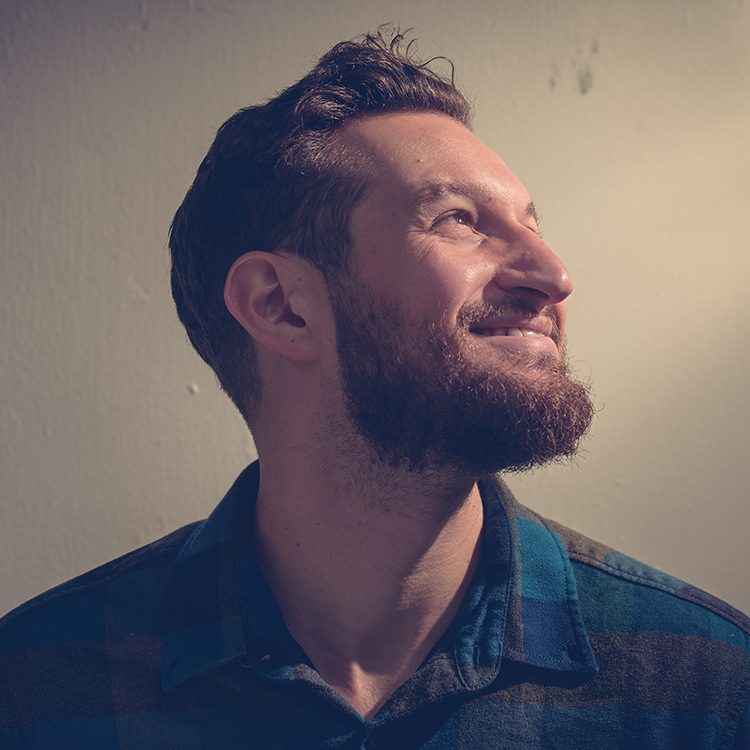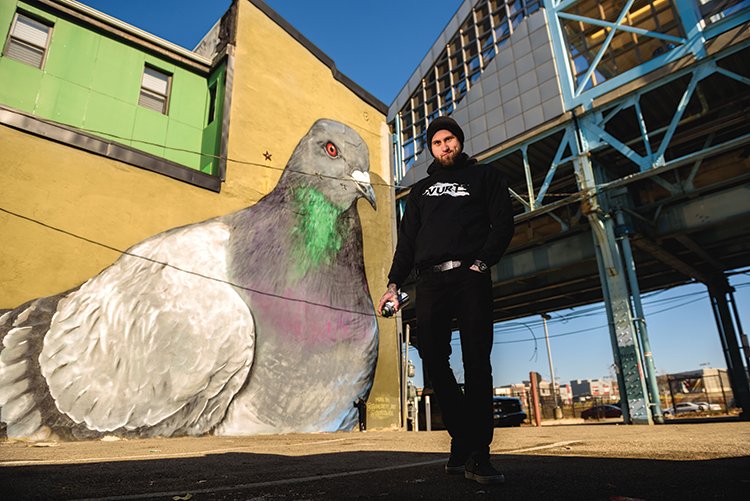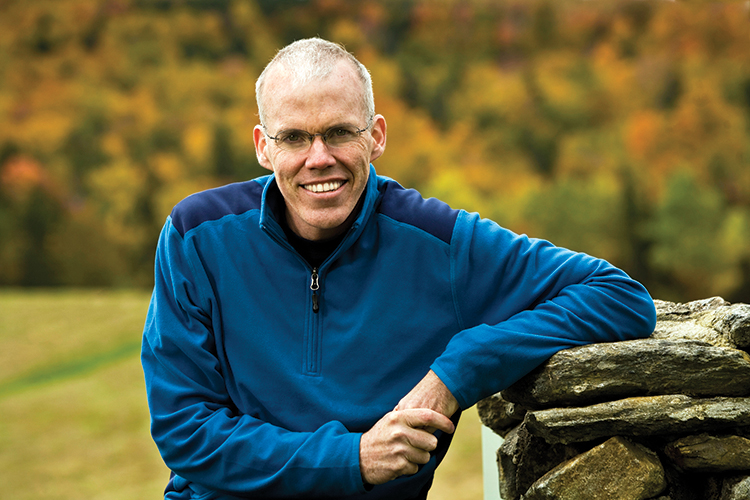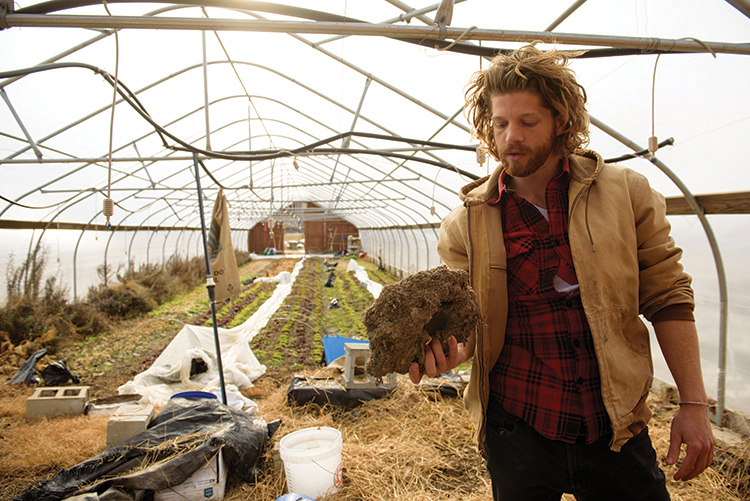by Randy Lobasso
You can barely hear Richard Fredricks’ remarks over the sanitation truck across the street and the heavy sheets of rain coming down on dozens of umbrellas at 11th and Spruce streets in December. Barely a month prior, Fredricks’ daughter Emily, 24, was killed on her bike by the driver of a trash truck when she was right-hooked across the bike lane.
Since then, Philadelphia’s cycling community has held several demonstrations, vigils and protests for Emily and other cyclists who’ve been injured on our streets, and the Bicycle Coalition of Greater Philadelphia, where I work, put out seven demands they want to see enacted now to make the streets safer. As of this writing, the city won’t agree to any of them.
What it has agreed to—at least in theory—is Vision Zero, the legislative idea that changes in engineering, education and enforcement can cut traffic deaths in an area to zero. The city has written an action plan to do just that by 2030. But that probably means very little to the 60 or so people standing out here in the pouring rain today.
Fredricks notes how his daughter bought a bicycle upon moving to Philadelphia just six months ago, and he had helped her pick it out. She rode on Spruce Street to get to work every day, he noted, because the bike lanes were large and, in theory, safe.
But not safe enough. Now, over the coming months, real decisions have to be made if we all want to live in a city where cyclists aren’t remembering their fellow community members the way so many did today.
For too many motorists, transportation is about convenience and being on your own schedule; speeding and running red lights when you’re late, checking Facebook while you’re idling, and parking in the bike lane when there’s no legal parking space. This is all universally unacceptable, and yet, it continues with impunity. And until physical changes are made on the street, people in their cars will continue their deadly behavior.
According to the police department, 96 people were killed in traffic in Philadelphia last year. Of them, three were cyclists. The vast majority of traffic deaths here continue to be driver-on-driver. But that doesn’t make Emily’s death any less tragic.
For years, cyclists have petitioned and pleaded with the city to install physical protection on Spruce and Pine streets in Center City. Given these are the city’s most-biked lanes, it seems like a no-brainer. But neighborhood resistance, and councilmanic dictatorial privileges, have put an end to those efforts every single time.
Today, we’re left with a situation in which the vast majority of tickets given for vehicles parked in bike lanes are written along Spruce and Pine, with no end in sight.
Every day, at any given time, cars are sitting in the bike lane, their owners seeing to some mundane task or another. Other times, delivery vehicles are parked there for hours on end, forcing cyclists into traffic because loading zones are controversial, too.
You can’t get to zero deaths if you continue to turn a blind eye to some of the most egregious traffic behaviors by those operating some of the most dangerous machines. As the months since Emily’s passing—and years before it—have shown, you can’t expect motorists’ behavior to change because of a tragedy.
But Emily’s life wasn’t supposed to end because a driver cut her off on a road made unsafe by government inaction and neighbor resistance.
Only real changes to infrastructure will stop the behavior and the accidents. It’s going to take tough executive choices if the city is serious about Vision Zero.
Randy LoBasso is the communications manager of the Bicycle Coalition of Greater Philadelphia and an award-winning journalist.











There’s a video on YouTube of a woman being killed by a tractor-trailer in Boston. She rode right into the trailer and ended up under its wheels. She foolishly assumed the truck would go straight when it turned right at an intersection. She was not in the bike lane in the center of the street, which would have protected her from a truck making a right turn. She also igored the truck’s turn signals and was right in the blind spot in the drivers’ mirrors. The driver could have done a better job of stayng aware of where she was, but she was the one with the 360-degree field of view. The best answer to such crashes is not reconfiguring streets but teaching all concerned, but especially bike riders about the limitations on the ability of drivers to see them, as well as the prudence of watching for their direction signals and anticipating their movements.